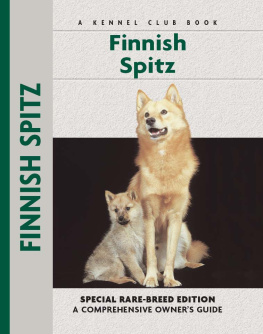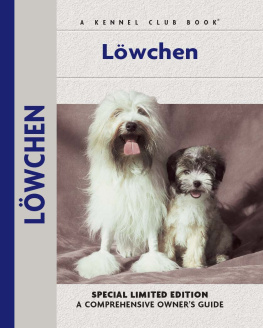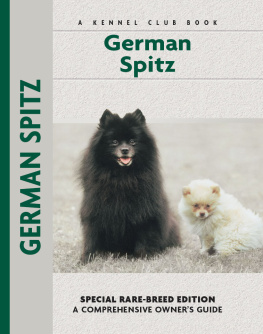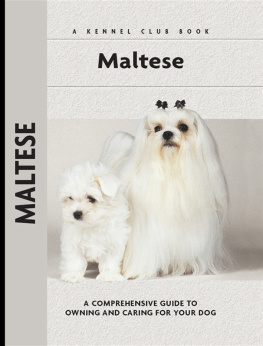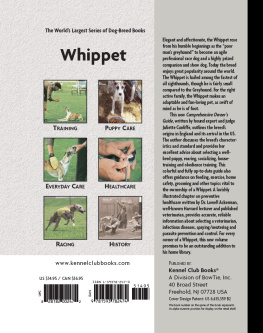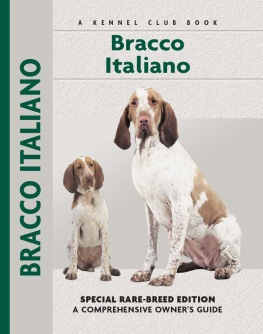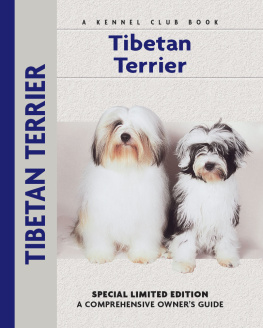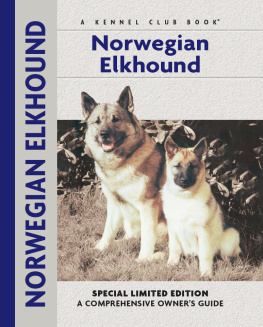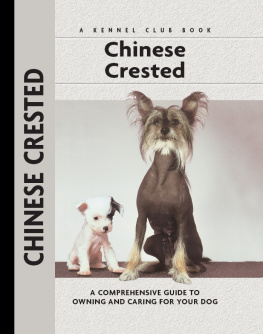Physical Characteristics of the
Chinese Shar-Pei
(from the American Kennel Club breed standard)
Head and Skull: The head is large, slightly, but not overly, proudly carried and covered with profuse wrinkles on the forehead continuing into side wrinkles framing the face. The skull is flat and broad, the stop moderately defined.
Eyes: Dark, small, almond-shaped and sunken, displaying a scowling expression.
Nose: Large and wide and darkly pigmented, preferably black but any color conforming to the general coat color of the dog is acceptable. The lips and top of muzzle are well-padded and may cause a slight bulge above the nose.

Tongue, roof of mouth, gums and flews: Solid bluish-black is preferred in all coat colors except in dilute colors.
Muzzle: Broad and full with no suggestion of snipiness. (The length from nose to stop is approximately the same as from stop to occiput.)
Neck: Medium length, full and set well into the shoulders. There are moderate to heavy folds of loose skin and abundant dewlap about the neck and throat.
Chest: Broad and deep with the brisket extending to the elbow and rising slightly under the loin.
Forequarters: Shouldersmuscular, well laid back and sloping. Forelegswhen viewed from the front, straight moderately spaced, with elbows close to the body. When viewed from the side, the forelegs are straight, the pasterns are strong and flexible. Feetmoderate in size, compact and firmly set, not splayed.
Ears: Extremely small, rather thick, equilateral triangles in shape, slightly rounded at the tips; edges of the ear may curl. Ears lie flat against the head, are set high, wide apart and forward on the skull, pointing toward the eyes.
Back: Short and close-coupled.
Tail: High set tail is a characteristic feature of the Shar-Pei. The tail is thick and round at the base, tapering to a fine point and curling over or to either side of the back.
Hindquarters: Muscular, strong, and moderately angulated. The hocks are short, perpendicular to the ground and parallel to each other when viewed from the rear. Feet as in front.
Coat: The extremely harsh coat is one of the distinguishing features of the breed. The coat is absolutely straight and offstanding on the main trunk of the body but generally lies somewhat flatter on the limbs. The coat appears healthy without being shiny or lustrous. Acceptable coat lengths may range from extremely short horse coat up to the brush coat, not to exceed 1 inch in length at the withers.
Color: Only solid colors and sable are acceptable. A solid color dog may have shading, primarily darker, down the back and on the ears.
Size: The height is 18 to 20 inches at the withers. The weight is 45 to 60 pounds.

Contents

A true survivor, the Shar-Pei has prevailed despite the destruction of Chinese breeding records and the extermination of the canine population in China in the mid-20th century. Travel back in time to Chinas Han Dynasty and trace this ancient breeds progression from fighting dog to rare breed to prized pet and show dog that is recognized and revered around the world.

His regal scowl and his distinctive wrinkles are but two of the traits that make the Shar-Pei unique in dogdom; learn also about his personality, which combines confidence and independence with affection and devotion to people. Also discuss caring for the Shar-Pei and health considerations in the breed of which every prospective owner should be aware.
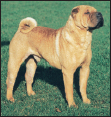
Learn the requirements of a well-bred Shar-Pei by studying the description of the breed set forth in the American Kennel Club standard. Both show dogs and pets must possess key characteristics as outlined in the breed standard.
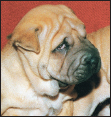
Be advised about choosing a reputable breeder and selecting a healthy, typical puppy. Understand the responsibilities of ownership, including home preparation, acclimatization, the vet and prevention of common puppy problems.

Enter into a sensible discussion of dietary and feeding considerations, exercise, grooming, traveling and identification of your dog. This chapter discusses Shar-Pei care for all stages of development.
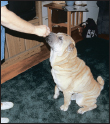
by Charlotte Schwartz
Be informed about the importance of training your Shar-Pei from the basics of house-breaking and understanding the development of a young dog to executing obedience commands (sit, stay, down, etc.).
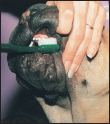
Discover how to select a proper veterinarian and care for your dog at all stages of life. Topics include vaccination scheduling, skin problems, dealing with external and internal parasites and common medical and behavioral conditions. A special section on common eye problems is provided for the new owners reference.
KENNEL CLUB BOOKS CHINESE SHAR-PEI
ISBN 13: 978-1-59378-255-9
eISBN 978-1-59378-967-1
Copyright 2000 Kennel Club Books A Division of BowTie, Inc.
40 Broad Street, Freehold, NJ 07728 USA
Cover Design Patented: US 6,435,559 B2 Printed in South Korea
All rights reserved. No part of this book may be reproduced in any form, by photostat, scanner, microfilm, xerography or any other means, or incorporated into any information retrieval system, electronic or mechanical, without the written permission of the copyright owner.
Photography by Carol Ann Johnson, with additional photographs by:
Norvia Behling, T.J. Calhoun, Doskocil, Bill Jonas, Alice van Kempen, Mikki Pet Products, Antonio Philippe and Alice Roche.
Illustrations by Patricia Peters.
The publisher wishes to thank Cindy Cullinane, Marylen Daly Jeffrey Grieco, Carole and Bill Lilley, Leslie Michaels, Joan T. Miller, Eleanor B. Paulus, Wendy Schaber, Maryann Smithers, Natacha Vzinaud and the rest of the owners of dogs featured in this book.

The Chinese Shar-Pei has captured the passions and imaginations of fanciers around the world. From their darling wrinkled appearances as puppies to their profound, dignified scowls as adults, Shar-Pei continue to win new admirers every year.



